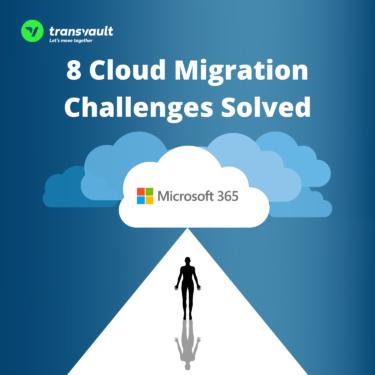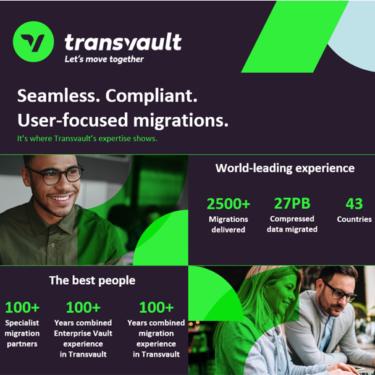Standard Bank – 99.99% success rate moving platform for data archiving, storage and compliance
Banking & Finance
Standard Bank Group is one of the big four full-service South African banks. This move reduced Standard Bank’s storage utilisation by 65% and enabled access to critical corporate data – whilst significantly reducing its data storage costs.





